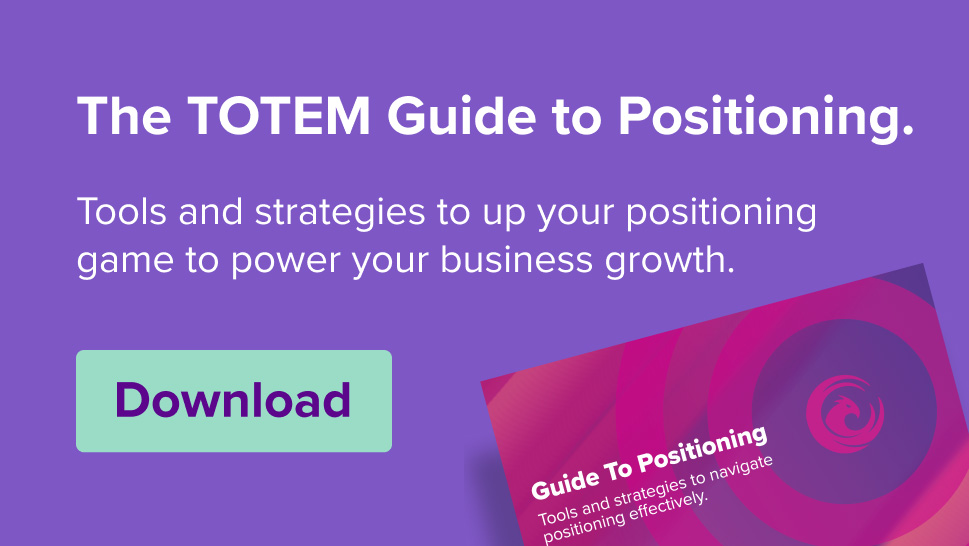Investing in branding can feel like a leap into the unknown. Many business owners question the return on investment (ROI) of branding initiatives. In a world where results are expected to be concrete and measurable, understanding the ROI of branding might seem ambiguous. But the truth is, effective branding yields substantial returns, both tangible and intangible, that drive business growth, customer loyalty, and brand equity over the long term.
Defining Branding ROI
Branding isn’t just about aesthetics, it’s a strategic investment in how a business is perceived by its audience. Branding ROI includes tangible results like sales growth, but equally valuable are less quantifiable returns like brand recognition and customer loyalty. Much like real estate or technology, branding is a long-term asset that appreciates as it fosters customer trust, encourages repeat business, and opens new market opportunities.
How Branding Impacts Sales and Revenue
A strong brand encourages customers to choose your product or service over competitors. This reduces the cost per acquisition by leveraging a brand’s established reputation. With a reputable brand, businesses can often charge premium prices. Customers perceive value beyond the product itself, associating it with the brand’s values and promises. Branding promotes customer loyalty. When customers trust and feel aligned with a brand, they’re more likely to make repeat purchases, translating to higher lifetime customer value.
Employee Engagement and Branding ROI
A brand isn’t just outward facing; it plays a crucial role in shaping company culture. Employees want to work for brands they believe in, making strong branding a driver for talent acquisition and retention, which reduces recruitment costs. When employees feel connected to a brand’s mission and values, they’re more likely to be engaged and productive. A well-defined brand can unite a team under a common goal, leading to more cohesive and efficient work environments.
Measuring Intangible Branding Benefits
Higher brand awareness can drive market share. Although more challenging to quantify directly, tools like social media metrics, website analytics, and customer surveys can help track increases in brand awareness over time. Loyal customers who advocate for your brand are valuable. Positive reviews, word-of-mouth referrals, and user generated content are signs of strong brand loyalty. Each endorsement contributes to a brand’s credibility and perceived value, yielding exponential returns over time. Brand equity is the value derived from customer perception. Strong brand equity allows a company to survive market challenges, launch new products, and expand into new markets with less resistance.
Practical Steps for Tracking Branding ROI
Define specific objectives for your branding efforts, such as improving customer retention rates, increasing web traffic, or expanding social media engagement. Regularly track brand related metrics, from Net Promoter Scores (NPS) to customer satisfaction surveys. Tools like Google Analytics, social listening platforms, and CRM systems help gauge brand perception and loyalty. Examine performance metrics before and after branding initiatives. If a rebrand leads to a notable boost in engagement or sales, this suggests a positive ROI.
Conclusion
Branding is an investment with multi-layered ROI, offering quantifiable sales growth and invaluable intangibles like brand equity and customer loyalty. Although these returns may not be instantly measurable in traditional terms, the impact of strong branding on customer choice, loyalty, and employee satisfaction ultimately drives lasting growth. For businesses aiming to build not just a product, but a legacy, branding ROI is not just real—it’s essential.
TOTEM: Guide to positioning
This simple guide is designed to equip you with tools and strategies to navigate positioning effectively. Whether you’re new to the concept or seeking to refine your existing strategy, this will serve as your compass in the journey toward a strong positioning and a powerful brand identity.



